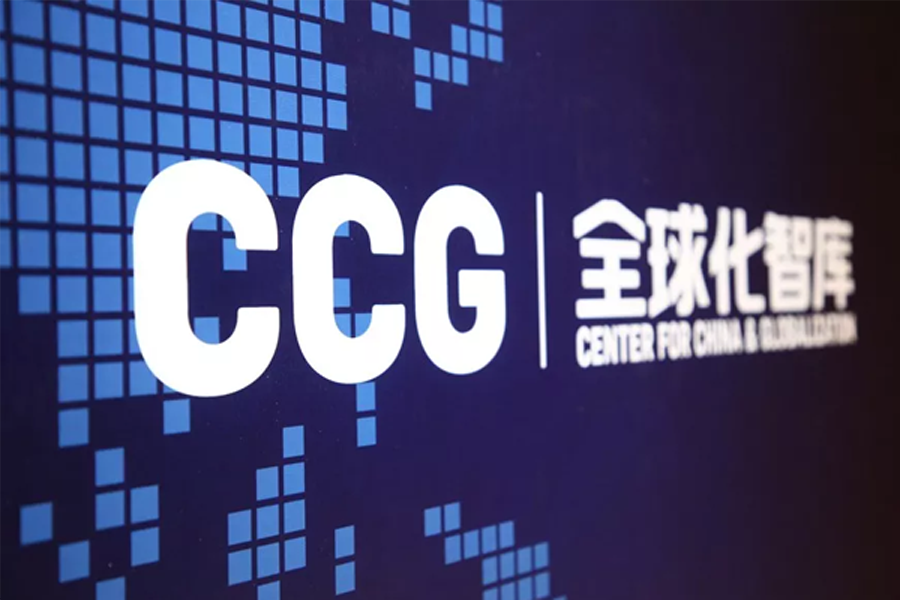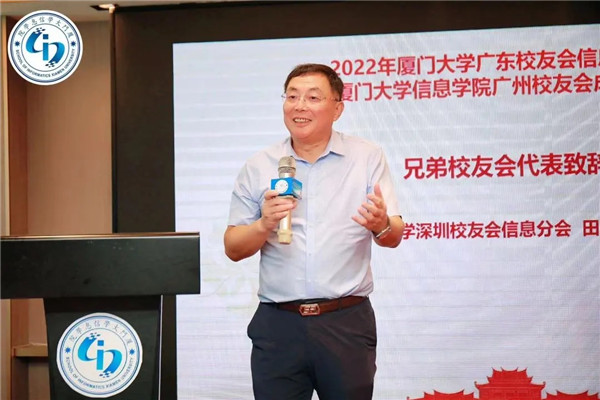Brazil-China: A Growing Alliance
2018年4月19日Published by The World Policy Journal, of The WorldPolicy Institute, New York, July 25, 2013
By Charles Tang, Non-Resident senoir fellow of CCG, chairman of the Brazil-China Chamber of Commerce& Industry
As the Obama administration is preparing its “Pivot to the Pacific,” China is continuing to build its long-standing commercial alliance with Latin America and the Caribbean by charming the region with trade and investments.
Between 2000 and 2012, trade between China and Latin America grew by 2,550 percent from little over $10 billion to $255.5 billion. Trade between Brazil, the region’s giant and fellow BRICS member, and China, leaped from $6.5 billion in 2003 to $77 billion by the end of 2011 and $75 billion in 2012.
China became Brazil’s largest export destination in 2009 and in 2010 was Brazil’s most important source of imports and its main direct foreign investor. Chinese investments in Brazilian assets surpassed $20 billion in 2010 from a negligible accumulated sum of $292 million only one year before.
Latin America and China’s economies are complementary. Brazil, like much of Latin America, has insufficient internal savings to finance increases in export production and job creation or to build the infrastructure it needs. China has abundant capital, but needs the plentiful strategic resources that Brazil has.
Brazil and Latin America could have received even greater volumes of investments if it were not for some misguided protectionist policies implemented by some of the region’s leaders. As students, many of these leaders were left-leaning revolutionaries, which tends to make them hostile toward the free market.
The interdependency of China and Latin America is also amplified by China’s limited cultivable land. Presently, China uses 140 million hectares for agricultural production, down from the 142 hectares it had only five years ago. This reduction is due to urban expansion and growing industrial parks. Brazil, on the other hand has unused agricultural land that equals all the cultivable land area in use by China, and that’s excluding Brazil’s Amazon rainforest and other environmentally protected areas. Thus, Brazilian and Latin American food exports to China help guarantee the food security of the Chinese people.
Eighty million hectares of land are planted on by Brazil and almost 200 million hectares are used as pasture to support its herds of cattle that exceeds the Brazilian population of 195 million. Most Latin countries are sparsely populated and have an abundance of available arable land. Chinese visitors to Brazil are astonished when they drive for hours in the countryside and do not come across a single person or even cattle.
Brazil is becoming an increasingly important breadbasket to a hungry world. Brazilian agriculture is based on large-scale mechanized production with some growers individually cultivating more than 350,000 hectares of soybean fields-the size of a small European country. Brazil’s excellent agricultural research institute, the Empresa Brasileira de Pesquisa Agropecuária (EMBRAPA), has greatly contributed to the country’s efficient crop production. China’s agricultural production, on the other hand, is largely dependent on small-scale individual farmers and does not enjoy efficiencies of scale.
For years, Americans have bought agricultural land in Brazil for soybean cultivation at a fraction of U.S. land prices. When the Chinese became interested in buying land, Brazil introduced a limit on foreign land purchases at 5,000 hectares.
Even Latin countries that are participants in the Trans Pacific Partnership (TPP) signed free trade agreements with China, as Chile and Peru did in 2009 and in 2010, respectively. The recent $30 billion currency swap between Brazil and China is not the first in Latin America, and will further strengthen China-Latin relations. Currency swaps with other countries in the region are on the horizon.
China’s massive investments in Africa’s infrastructure were an eye-opener for a Latin America in need of adequate infrastructure to further its economic advancement. While Africa’s old colonial masters stripped the continent of its wealth and left it as a “lost continent” for many decades, the large influx of Chinese capital contributed to the continent’s rise as a “continent of hope.” Eight of the fastest growing economies last year were African countries that received substantial Chinese investments.
China has lifted almost 800 million of its citizens from poverty, and exports to China helped former Brazilian president Luiz Inácio Lula da Silva promote the social inclusion of almost 40 million Brazilians who used to live without electricity, water, and food. Hundreds of millions of Africans have also escaped poverty as their countries’ economies surged on the back of Chinese investments.
Unlike Western aid that sometimes ends up in private Swiss bank accounts, China has invested in African infrastructure and, in particular, has built schools. However, it is Latin America and the Caribbean that received the largest amount of Chinese investments-an accumulated sum of more than $200 billion. The recent summit between Chinese leader Xi Jinping and President Obama was preceded by Jinping’s visit to several key Caribbean and Latin nations that are eager for more Chinese investments. Chinese money has no strings attached other than the price of goods and the terms of trade.
Although the numbers of the “Brazil China Strategic and Commercial Alliance,” are already impressive, this relationship is still in its inception. Partnerships with Chinese companies will certainly be crucial to the present Brazilian stimulus package for infrastructure construction, which includes includes investments of over $74 billion in railways and highways, $26 billion in ports, and more than $11 billion in airports.





